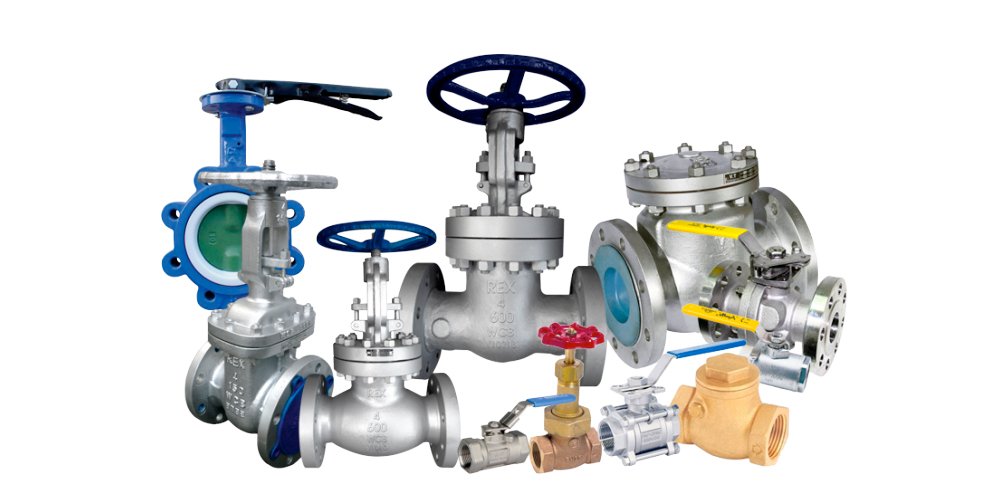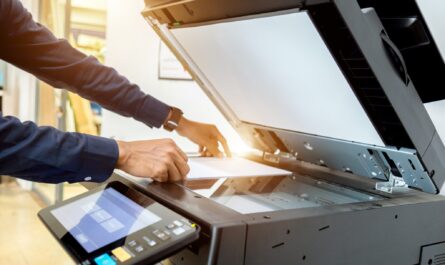The maritime industry relies heavily on various mechanical components and automated systems to ensure the smooth and safe operation of ships and offshore vessels. Marine actuators and valves are some of the most important mechanical components utilized extensively across various vessel systems.
Types of Marine Actuators
There are various types of actuators that are used in marine applications depending on the specific tasks they need to perform. Some of the main actuator types include:
Pneumatic Actuators
Pneumatic actuators use compressed air to create linear or rotary motion. They are commonly used to open and close Marine Actuators and Valves due to their low cost and simple design. Various piston and motor types can be used depending on the required force and speed. Pneumatic actuators require an onboard compressed air system to operate but offer good controllability and force transmission.
Hydraulic Actuators
Hydraulic actuators are driven by pressurized hydraulic fluid rather than compressed air. They are able to produce very high forces making them suitable for tasks that require heavy-duty actuation such as moving cranes, rigging equipment and heavy machinery. Hydraulic actuators demand more complexity in their fluid power systems compared to pneumatic types.
Electric Actuators
Electric actuators contain electric motors that drive motion via gearing or belt drives. They don’t require compressed air/fluid and can offer precise digital positioning control. Common electric actuator variants include servo motors, stepper motors and solenoid drives. However electric types usually can’t match the output forces of hydraulic/pneumatic actuators without gearing reductions.
Engine Actuators
Certain Marine Actuators and Valves are powered directly via the ship’s main engines. These include controllable pitch propeller systems which alter the blade angle to change thrust. Engine driven actuators tie the actuation to the running of machinery but with less flexibility than self-contained hydraulic/pneumatic systems.
Marine Valve Types
There are many different types of valves used on ships to control the flow of liquids and gases throughout various vessel systems. Some of the main valve categories include:
Ball Valves
Ball valves use a spherical closure element to open and close the flow path. They offer robust, reliable unidirectional shut-off and are common in seawater cooling systems, bilge and tank control applications.
Butterfly Valves
Characterized by a disk-shaped closure element, butterfly valves are a lightweight alternative to gate or globe valves. They are well suited for throttling/modulating duties on pump lines, fuel and lube oil systems.
Diaphragm Valves
Diaphragm valves use a flexible elastomeric diaphragm to seal against either static pressure or line pressure. They are self-activating and suitable for filtering or isolating corrosive/toxic fluids on tank and pipework systems.
Gate Valves
Gate valves incorporate a sliding gate or wedge that moves perpendicularly to shut off flow. Their full-flow port design makes them suitable for high-flow applications such as sea chests, circulating pumps and overboard discharge lines.
Globe Valves
Globe valves feature a closure element mounted on a hinge that pivots to open/close flow. They are commonly used for modulating control applications like condensate return, compressed air and charge air systems.
Solenoid Valves
Solenoid valves convert electric current into linear motion to open/close an internal closure element. They provide remote or automated control and are used for fuel conditioning, boiler steaming and tank level sensing systems.
Check Valves
Check valves allow flow in only one direction using a movable closure element such as a clapper or ball. They prevent backflow and are employed for pump/engine protection across heavy-duty shipboard applications.
Actuator Control Technologies
Actuators in marine applications must function reliably in challenging offshore/ocean conditions. As such various control technologies are employed:
Hydraulic/Pneumatic Control
Hydraulic & pneumatic actuators are often controlled via simple 4-20mA control signals from supplied instrumentation. This allows digital remote operation of hydraulic pilot stages or pneumatic valve positioners.
Electronic Control
Modern electric actuators increasingly use microprocessor control modules for features like position feedback, diagnostic monitoring and fieldbus communication. Standards such as NAMUR, Modbus and CANbus protocols enable integration into building automation schemes.
Process Instrumentation
Critical actuators are often paired with process instrumentation such as control valves, pressure switches/transmitters and temperature sensors. This provides active feedback control and condition monitoring and alarm functions.
Fail-Safe Systems
Safety critical systems employ techniques like spring return actuators to default ‘safe’ positions on loss of power/control. Dual solenoid pilot valves prevent unintended movement. These minimize risk of fire/flooding due to uncontrolled state change.
Key Applications of Marine Actuators and Valves
From ballast tanks to bilges and engine rooms to cargo holds, actuators and valves play vital roles across shipboard systems. Here are some examples:
Seawater Cooling Systems
Heavy-duty ball valves, butterfly valves and motorized actuators are used extensively on ship seawater systems to regulate water flow to engines, heat exchangers and auxiliary loads.
Fuel Systems
Fuel oil booster pumps, conditioning equipment and tank level controls involve actuated valves such as electrically controlled diaphragm valves and solenoid injection valves.
Firefighting Systems
Sprinkler valves, deluge valves and fire pump priming valves use specialized actuators designed for fail-safe ‘on’ or ‘off’ positioning in fire emergencies.
Ballast Systems
Ballast tanks require actuated isolation and crossover valves, pump control valves and tank level indication in order to safely balance vessel trim during cargo operations.
Cargo Handling
Specialized actuators open, close and modulate high-pressure loading lines and manifold valves involved in crude oil, LNG and other bulk cargo transfer operations.
In summary, the correct selection of actuators and valve types optimized for marine service, with suitable control systems and instrumentation, ensures critical onboard fluid handling systems continue functioning seamlessly in harsh marine environments. This maximizes vessel uptime, safety and efficiency
*Note:
1. Source: Coherent Market Insights, Public sources, Desk research
2. We have leveraged AI tools to mine information and compile it


